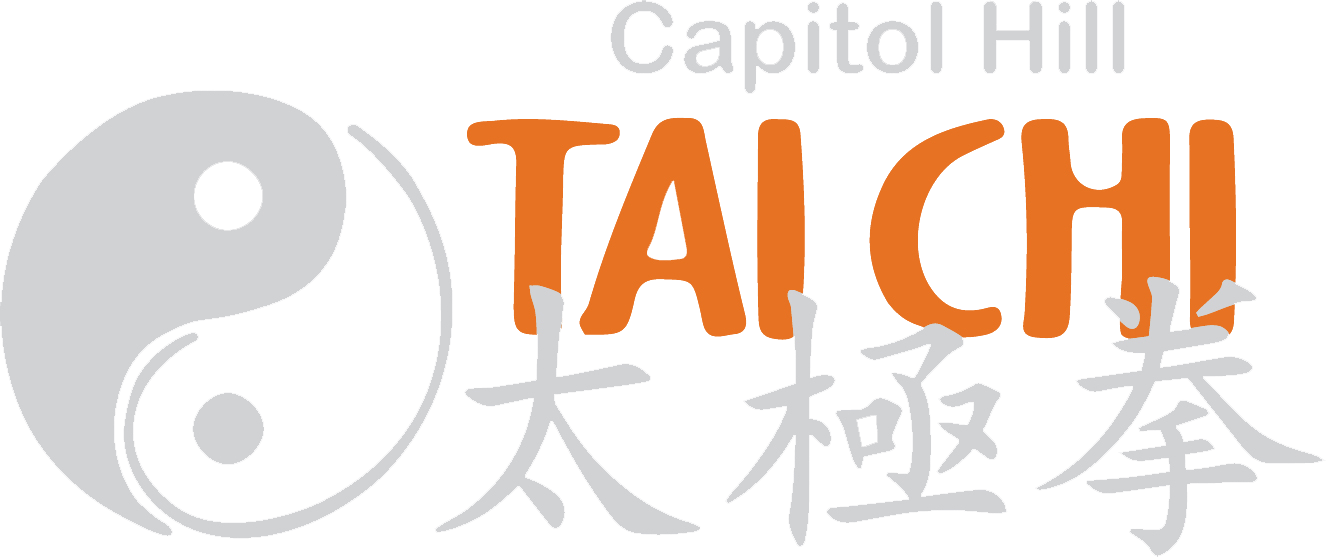More On Tai Chi Knee Pain; Proper Knee Alignment
by David Walls-Kaufman
One of the most common problems in the Tai Chi population is knee problems. And it isn’t because of Tai Chi. It’s because of a problem in your own knee – and here’s how to fix it.
I wrote a comprehensive article on the four causes of knee pain for Tai Chi Magazine in rebuttal to a poorly-informed criticism of Yang Style Tai Chi (in the critique called Cheng Man-ching Style) for its alleged “trauma” to the knee.
Aside from massive injury, the four causes are 1) chemical/inflammatory, 2) excess physical stress such as obesity, 3) improper nerve supply so that the knee tissues grow weaker from cellular derangement, and 4) improper knee alignment.
Improper knee alignment is everywhere in the world, let alone in Tai Chi circles. And the fix is so simple – it must be discussed here. Being simple means that there is no individual variation – which is wonderful. And once you are educated to the basic concept – you too will see it everywhere and can help spread the word to prevent costly and unnecessary doctor visits and even surgeries that will yield disappointing results on top of this underlying cause.
First, an anecdote on the effectiveness of proper knee alignment.
I went with Ben Lo down to Virginia Beach nine years ago to his workshop. There, a Tai Chi student of my dear deceased Tai Chi colleague, Larry Mann, told me he had chronic worsening knee pain and was slated for bi-lateral knee replacement surgery in a month.
In class, I stood behind him and saw the ankle alignment you see in the first photo below.
Here, you can see the extreme angle of the ankle and Achilles Tendon placing gross abnormal pressure on the foot, ankle and knee. The Achilles Tendon should be straight, not collapsed inward as in this photo.
“I’m going to take a photo of your ankle alignment,” I told him. “Now, I want you to roll out your ankles and cup the soles of your feet upward to form an arch until I tell you to stop.” He began, but kept stopping because this new ankle and foot alignment felt so preposterous. I prompted him, “Keep going. . . . Keep going,” until he was laughing absurdly.
Then, I took the second photo below.
When I showed him the two photos, and how his ankles were FINALLY nearly correctly aligned in the second photo, he understood how his brain had accepted the crushed, awful ankle alignment in Photo One as his “normal”.
Why does ankle alignment from foot pronation bear upon the knee?
Because the ankle is the pedestal on which the knee joint rests. A tilting pedestal makes the knee crush inward. Ninety percent of the time the feet roll inward – called pronation. The knee then crushes inward, hyper-stretching and ripping up the cartilage, the meniscus, and ligaments from the inside of the knee bones.
To demo this – hold your fists up with two pens sticking straight up out of each between your fingers. Now, roll your fists inward to imitate foot pronation. See how the pens tilt dramatically inward? The tops of the pens represent the tearing pressure on the knee joint. This is why 90% of knee problems involve the medial (inside) part of the knee, not the outside.
Foot pronation, ankle buckle, knee buckle move hand in glove.
If the ankle pedestal continues to lean after the surgery or any procedure – what outcome do you expect there will be?
I advised my Tai Chi colleague to practice all the time walking around out-rolling and up-cupping his feet. A basic Yoga position.
I told him to see a chiropractor to remove nerve interference from the nervous system because the collapse of the ankles and knees definitely pitches out his low back, and this (at least) creates huge negative feedback for the knee nerve supply from the spine.
And I told him to get Foot Levelers foot orthotics from a chiropractor so that all three arches of his collapsed feet could get the proper low-grade support that allows full foot movement to “breathe”, rather than being imprisoned by conventional Old School orthotics that also only address the pronation of the one arch, when the foot has three arches.
I told him to lose a little weight – he wasn’t at all obese. And to load up on the fruits and veggies and lower the carbs for a more nutrient rich, calorie poor diet to help him on the inflammation/chemical side.
A year later – he beamed at me as he walked me into a big bear hug, saying:
“I’m doing fabulously! I didn’t need the knee surgery! I didn’t need the knee surgery!”
Often, foot pronation is much more subtle than this, which is why you should consult a chiropractor that is good at sports adjusting or extremity adjusting, i.e. works on the rest of the skeleton away from just the spine.
When we combine this simple alignment understanding with our other holistic modalities, it goes a long way to improving our health and body comfort in the way we expect the Holistic Lifestyle to do so. So, plug this in.
In all my decades seeing patients, I don’t believe I’ve ever seen a case of chronic knee pain that did not involve an important piece of foot pronation.
Now, go out and help change the world.


